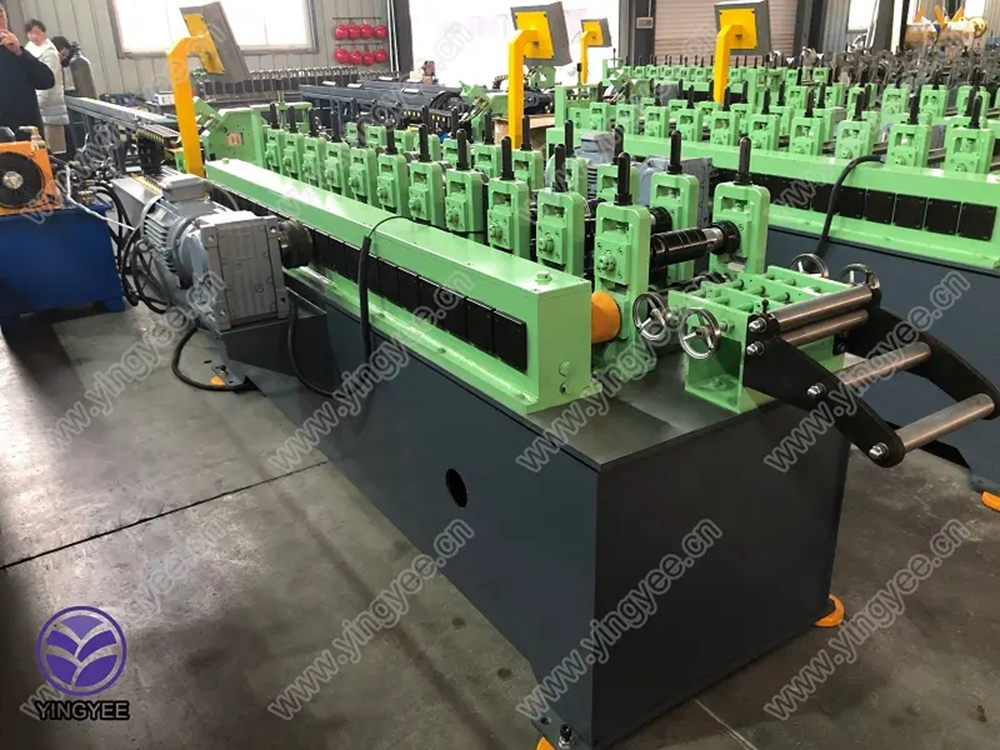
The Manufacturing Process of Carbon Steel Pipe Making Machines
Carbon steel pipes are essential components in various industries, including construction, oil and gas, and manufacturing. The production of these pipes is facilitated by specialized equipment known as carbon steel pipe making machines. These machines are vital for shaping and forming steel into reliable pipes that meet specific industry standards.
Overview of Carbon Steel Pipes
Carbon steel is an alloy made primarily of iron and carbon, which grants it an impressive combination of strength and durability. Its properties make it suitable for a wide range of applications, particularly where pressure and structural integrity are paramount. Carbon steel pipes are commonly used in plumbing, tubing, and structural applications due to their mechanical strength and ability to withstand high temperatures and pressures.
The Role of Carbon Steel Pipe Making Machines
The manufacturing process begins with the use of carbon steel pipe making machines, specifically designed to produce pipes efficiently and economically. These machines typically involve a series of processes that include tube forming, welding, and sizing, which transform flat steel strips or sheets into finished pipes.
1. Material Preparation The process starts with high-quality carbon steel coils that are uncoiled and cut to the desired length. The thickness and material grade are determined based on the specific requirements for the intended pipe application.

2. Forming After cutting and preparing the steel, the next step involves shaping the flat steel into a round tube. This is achieved through various mechanical processes. The steel strip is fed into a series of rollers which gradually bend and form it into a pipe shape. This stage is crucial, as it determines the roundness and dimensional accuracy of the final product.
3. Welding Following the forming stage, the edges of the steel strip are welded together to create a continuous pipe. Common welding methods include high-frequency induction welding (HFIW) and submerged arc welding (SAW). The choice of welding technique depends on the pipe’s diameter and wall thickness. Proper welding is imperative to ensure the integrity and strength of the pipe joints.
4. Sizing and Smoothing Once the welding is completed, the pipe is passed through sizing mills that accurately measure and shape the pipe to achieve precise dimensions. This stage often includes the removal of any irregularities on the surface of the pipe, which is crucial for ensuring compatibility with fittings and connections.
5. Finishing Finally, the pipes undergo various finishing processes, such as heat treatment, coating, and inspection. Heat treatment enhances the mechanical properties of the steel, while coatings offer protection against corrosion. Inspection is conducted to detect any defects or inconsistencies, ensuring that only high-quality pipes reach the market.
Conclusion
Carbon steel pipe making machines play a pivotal role in the production of reliable and durable steel pipes. Their sophisticated design and operation not only enhance efficiency but also ensure that the final products meet the rigorous demands of various industries. As technology continues to progress, these machines are expected to evolve, incorporating advanced automation and precision engineering, which will further improve the quality and efficiency of carbon steel pipe manufacturing.